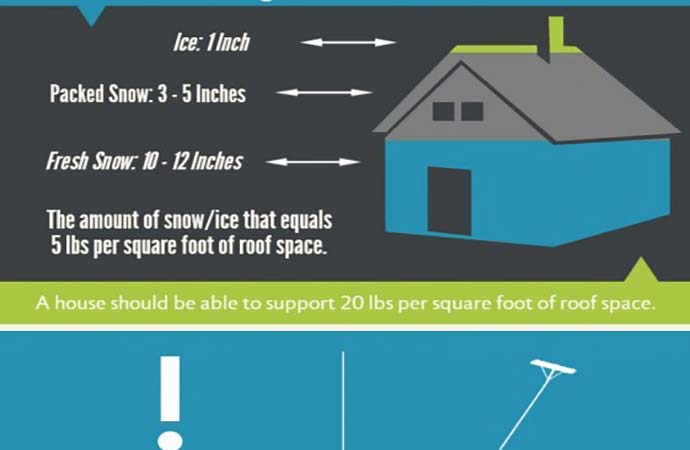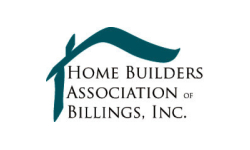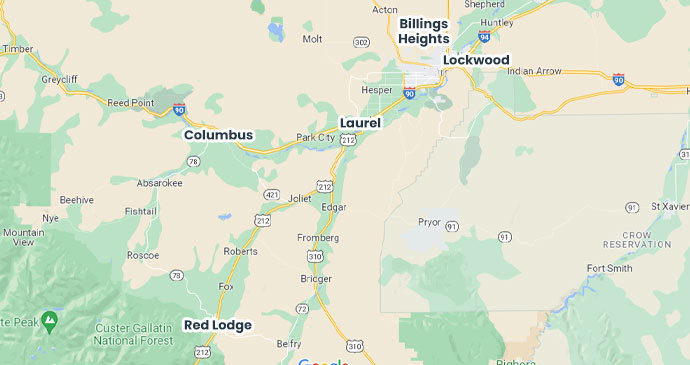Stop Winter Water Damage to Billings Area Homes Before It Starts
Water damage to Billings area homes from winter weather can cause significant damage. Even small splits in pipes can create thousands of dollars in damage.
Do you have a winter maintenance checklist?
Following are some practical tips to protect your property before the snow flies.
Preventing Ice Dams

Ice dams are caused when warm air from the attic heats the roof causing snow to melt and then collect on colder unheated eaves. If these dams aren’t removed, water can be forced up the roof, underneath the shingles, where it can cause serious damage.
The best way to prevent an ice dam is to clean, inspect and repair gutters and downspouts around your home. But here are a couple of additional recommendations from The Insurance Institute for Business and Home Safety (IBHS).
- Properly insulate your attic. Be sure the floor is airtight in order to keep the heat inside your home from being transferred into the attic. Check openings for exhaust pipes, light fixtures, fireplaces. Any openings should be properly sealed, but also make sure vents are not blocked.
- Ventilate your attic appropriately. There’s variety of methods for this, such as installing ridge or eave vents.
Allowing cold air in and preventing warm air transfers from below will help prevent, or at least minimize the size of, an ice dam.
Preventing Frozen Pipes
Frozen pipes are one of the leading causes of winter water damage to Billings area homes. The average claim for burst pipes is $10,000 (source Nationwide insurance).
Insulate pipes that are exposed to cold air, making sure that all of the pipe is protected — don’t leave elbows and corners exposed.
Use a water heater blanket to insulate the hot water heater.
If you plan to be away from home for an extended period of time, set the interior temperature high enough to keep pipes warm. Here are some additional tips for reducing the Risk of Water Damage.
Preventing Roof Collapse
Although significant snowfall accumulation is not common in the Richmond metro region, it can and does happen.
Most residential roofs are designed to handle 20 pounds of snow per square foot of space. Following are some guidelines to help determine the weight of snow.
Fresh snow – 10-12 inches of fresh snow is the equivalent of 1 inch of water, or about 5 pounds per square foot of roof space. Assuming no structural damage or decay, your roof should be able to support about 4 feet of new snow.
Packed snow – 3-5 inches is equal to 1 inch of water or approximately 5 pounds per square foot of roof space, therefore any more that 2 feet of old snow may exceed the load capacity of the roof.
Ice – 1 inch of ice equals 1 foot of fresh snow. So 4 inches of ice would be the equivalent of 4 feet of fresh snow.
Here is a handy chart for reference, provided by IBHS:
Following these basic procedures can greatly reduce the risk of damage; however, should you discover water, or any other, damage quick action is imperative. We have trained and certified technicians on call 24/7 ready to respond to emergencies, find out more here.












